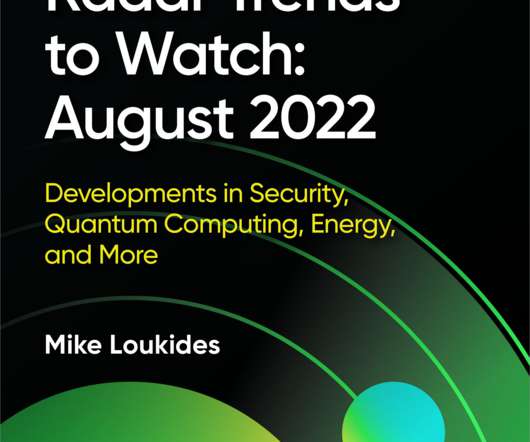Congratulations to the Winners Who Escaped the Dreaded Haunted House of IT
Kaseya
NOVEMBER 3, 2020
The Weapon: Two-Factor Authentication. Two-Factor Authentication (2FA), a form of multi-factor authentication, uses a second layer of authentication to access your systems by requiring users to provide a password (something they know) and a mobile app or token (something they have). The Threat: Malware.















Let's personalize your content